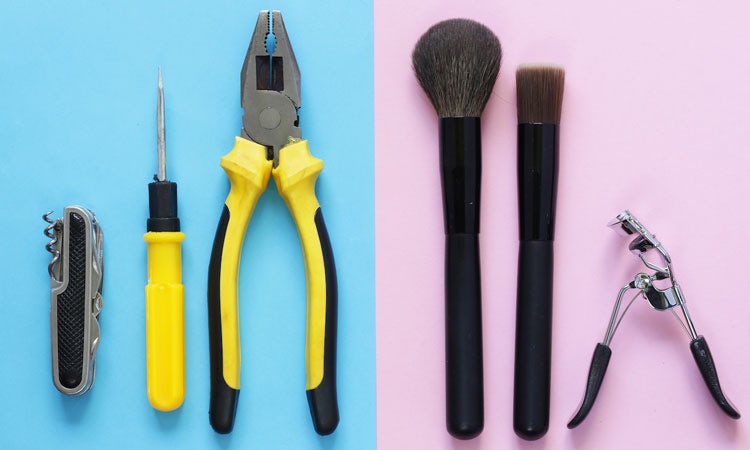Ban on ‘harmful’ gender stereotypes in advertising comes into force
New advertising rules around gender stereotypes come into force today after the UK ad watchdog determined harmful stereotypes in advertising can contribute to inequality in society.
 A landmark new ruling that will prohibit marketers from portraying ‘harmful’ gender stereotypes in advertising has come into force today (14 June).
A landmark new ruling that will prohibit marketers from portraying ‘harmful’ gender stereotypes in advertising has come into force today (14 June).
The change follows a review by the Advertising Standards Authority (ASA), which found harmful stereotypes, sometimes portrayed in advertising, can contribute to how people see themselves and their role in society, therefore restricting their choices and aspirations.
In response, the Committees of Advertising Practice (CAP) – the group responsible for writing and maintaining the UK advertising codes – has developed a new standard on ads that feature stereotypical gender roles or characteristics.
The ASA will administer and enforce the new standards but the general public will also be able to report ads they feel breach the code, such as those depicting scenarios where a man is struggling with household chores or a woman is failing to park a car.
“Our evidence shows how harmful gender stereotypes in ads can contribute to inequality in society, with costs for all of us. Put simply, we found that some portrayals in ads can, over time, play a part in limiting people’s potential,” says Guy Parker, chief executive of the ASA.
“It’s in the interests of women and men, our economy and society that advertisers steer clear of these outdated portrayals, and we’re pleased with how the industry has already begun to respond”.
According to data from Kantar, two-thirds of women skip ads if they feel they negatively stereotype females and 85% say the film and ad industries do a poor job of depicting real women.
Jane Bloomfield, managing director of Kantar UK, says: “Our research shows there is not only an ethical imperative, but also a business imperative behind more progressive, less stereotypical ads. BrandZ data, for example, shows brands that are gender-balanced or even slightly ‘female-skewed’ outperform brands that are skewed more towards men – with $1bn being left on the table by brands that focus more on men.”
Yet, data shows men are 38% more likely to be featured prominently than women in advertising. And when both genders appear, men feature more frequently than women in a leading role (21% versus 15%).
“Advertisers can’t play it safe or avoid the issue, paralysed by fear of getting it wrong and alienating customers or receiving a ban from the ASA.”
However, the rule will not prevent ads from featuring a woman doing the shopping, a man doing DIY tasks, glamorous or healthy looking people, or ads that only feature a single gender.
While a there are numerous examples where gender stereotypes are harmful, the evidence doesn’t suggest that they are always problematic.
As such, the ASA has decided to not ban gender stereotypes outright, but rather identify specific harms that can be prevented.
Stephen Woodford, chief executive at the Advertising Association, says advertising should be a positive and progressive force in society.
“We know from research by the industry think tank, Credos, that advertising has a crucial role to play in the way society represents itself and this new rule is the next positive step for our industry,” he adds.
The new guidance applies to all broadcast and non-broadcast media, incorporating traditional platforms such as television as well as digital and social.
CAP says it will carry out a review in 12 months’ time to make sure it is meeting objectives.
The fight to end gender stereotyping in advertising has previously been addressed by advertisers themselves, with Unilever creating the ‘Unstereotype Alliance’ in 2017 which it continues to build on.






